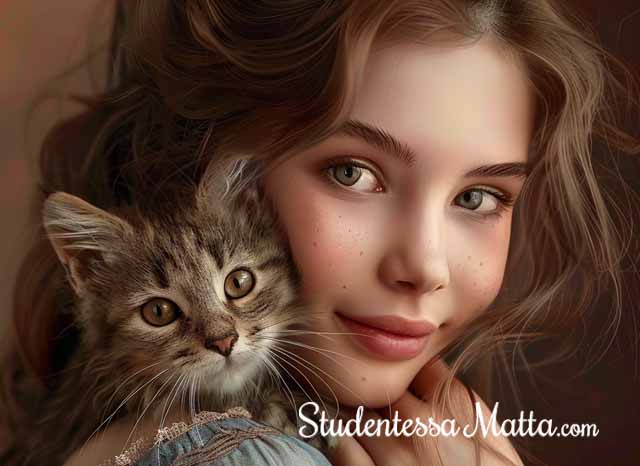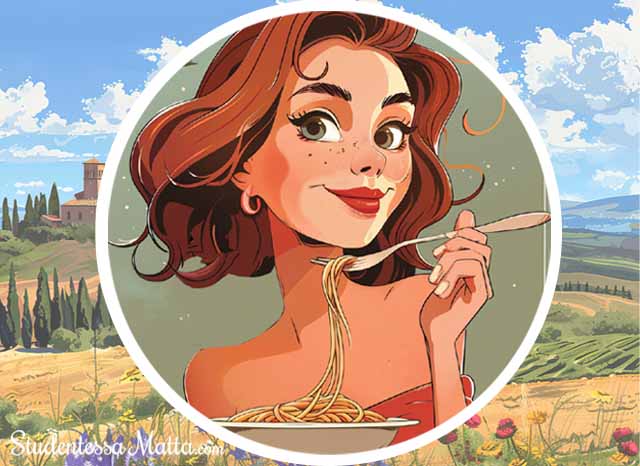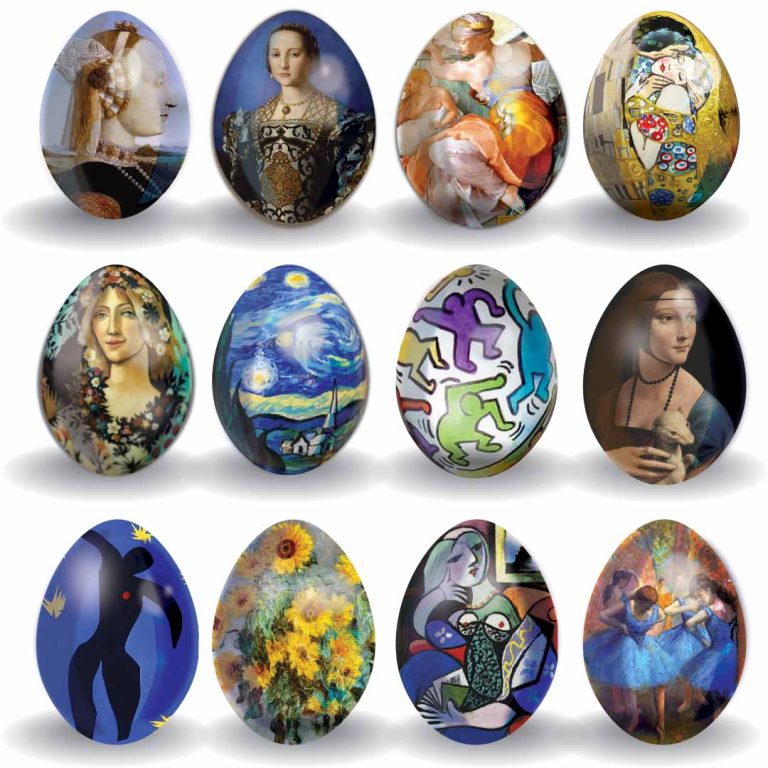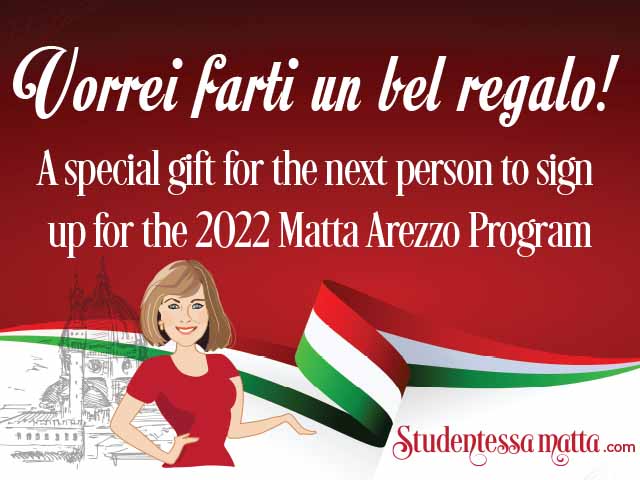
G-Mazing Italian: Padroneggia la pronuncia perfetta di ‘G’!
G-Mazing Italian: Master the Perfect Pronunciation of ‘G’!
La magia della pronuncia italiana
The magic of Italian pronunciation
La pronuncia italiana è un elemento fondamentale per comunicare con chiarezza.
Mastering Italian pronunciation is essential for clear communication.
L’armonia unica di vocali e consonanti in italiano crea suoni distintivi, cruciali per ottenere una fluenza simile a quella dei madrelingua. Per questo motivo, insegno con cura questi suoni specifici, sia dialogando con studenti avanzati che aiutando chi è alle prime armi con la lingua.
The unique blend of vowels and consonants in Italian creates distinct sounds critical for achieving native-like fluency. That’s why I prioritize teaching these specific sounds, whether engaging with students in conversation or coaching someone new to the language.

Il segreto del suono G in italiano
The secret to the G sound in Italian
In italiano, la consonante G è forte e decisa davanti a A, O e U, come nell’esempio GATTO.
In Italian, the consonant G stands tall and proud when it meets A, O, and U, like in GATTO (cat).
Parole come GORGONZOLA (formaggio) e GUFO (gufo) seguono la stessa regola. Sentite già la forza della G?
Words like GORGONZOLA (cheese) and GUFO (owl) follow the same rule. Feel the G-force yet?
GLI, GN e GH: Suoni unici
GLI, GN, and GH: Unique sounds
The GLI sound is similar to the LLI in “million,” but lighter and more fluid.
Famiglia: Pronuncia fa-MEEL-ya, mantenendo leggero il GLI.
Figlia: Diciamo FEE-lya, con quel suono morbido e musicale.
The GN sound is akin to the NY in “canyon,” but more integrated.
Gnocchi: Pronuncia NYOH-kee, con un GN dolce e vellutato.
Bagnare: Diventa ba-NYAH-re, fluido e armonico.
The GH is used to maintain a hard sound before the vowels E and I
Ghiaccio: Pronuncia GHEE-ah-cho.
Ghiro: Suona come GHEE-ro.
GE and GIO: A jazzy touch
When G joins E or I, it morphs into a soft J, like in “jam.”
Think gelato (ice cream) — your Italian summer just got cooler!
With GIO, think “Joe”!
Words like gioia (joy) and gioiello (jewel) become much simpler to master!
Parole Gioiose: Più Gio nel tuo vocabolario
Joyful Words: Add More Gio to Your Vocabulary
Giocare (to play): Il gioco è essenziale per imparare divertendosi!
Giornata (day): Che bella giornata in Italia!
Giovane (young): Una giovane energia anima i festival italiani.
Giostra (carousel or a medieval joust): Ad Arezzo c’è la giostra del Saracino.
G-Mastery: You’ve Got This!
G-Mastery: Sei un mago della G!
Complimenti! Ora sai pronunciare Gatto, addolcire Figlia, nasare Gnocchi, e cantare Gioia con stile italiano.
Congrats! You can now pronounce Gatto, soften Figlia, nasalize Gnocchi, and sing Gioia with Italian flair.
Ricorda, la pratica rende perfetti… e divertenti! Fai pratica, sbaglia, ridi e gioca. La tua padronanza della G sta già brillando!
Remember, practice makes perfect… and fun! Practice, make mistakes, laugh, and play. Your G-game is already shining!
How to make the GN / GLI sounds in Italialno
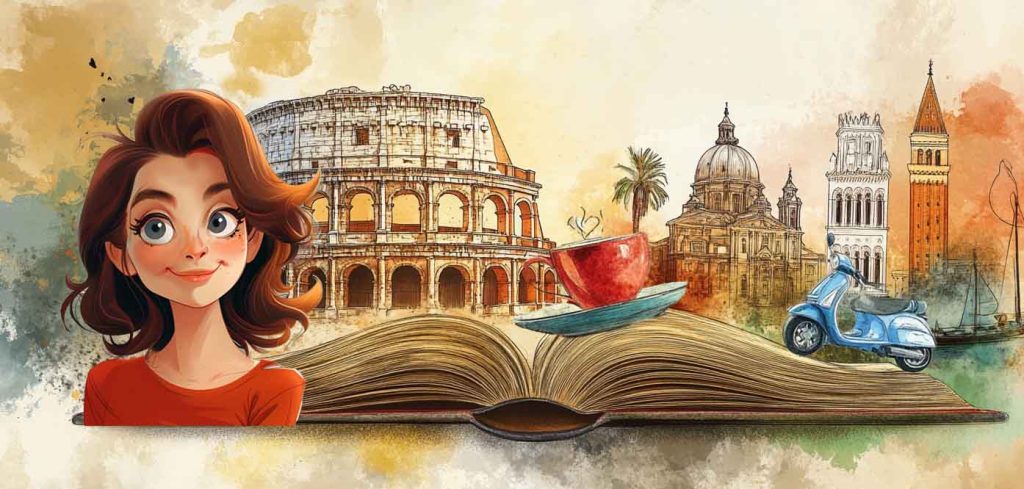
Praticare la pronuncia l’italiano con Melissa!
Practice Italian Pronunciation with Melissa!
Take a look at the Studentessa Language Immersion Programs and the
Italian Homestay Language Immersion Vacations offered through the site.

